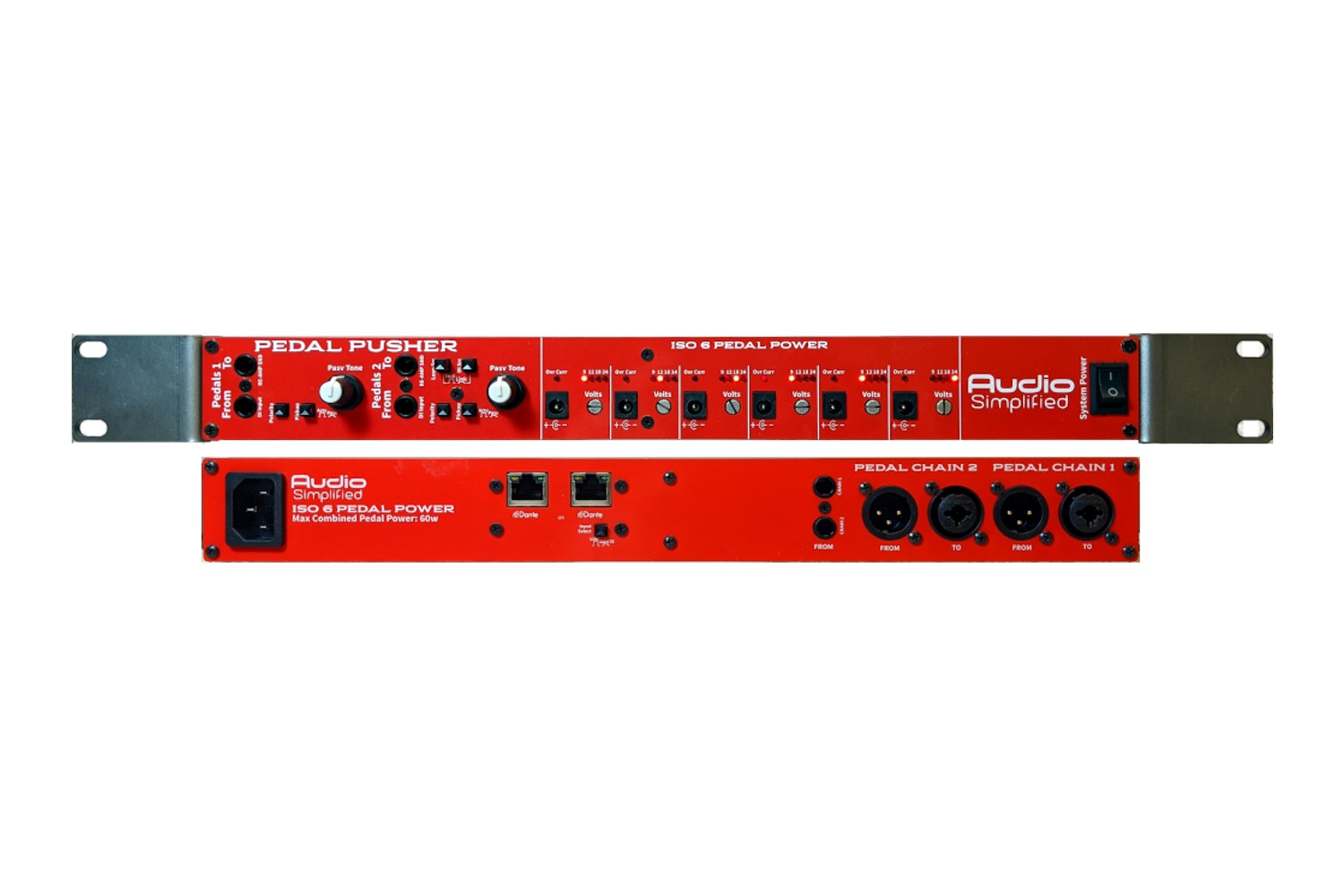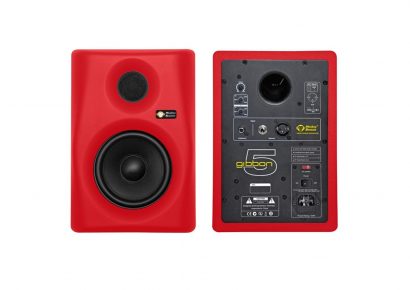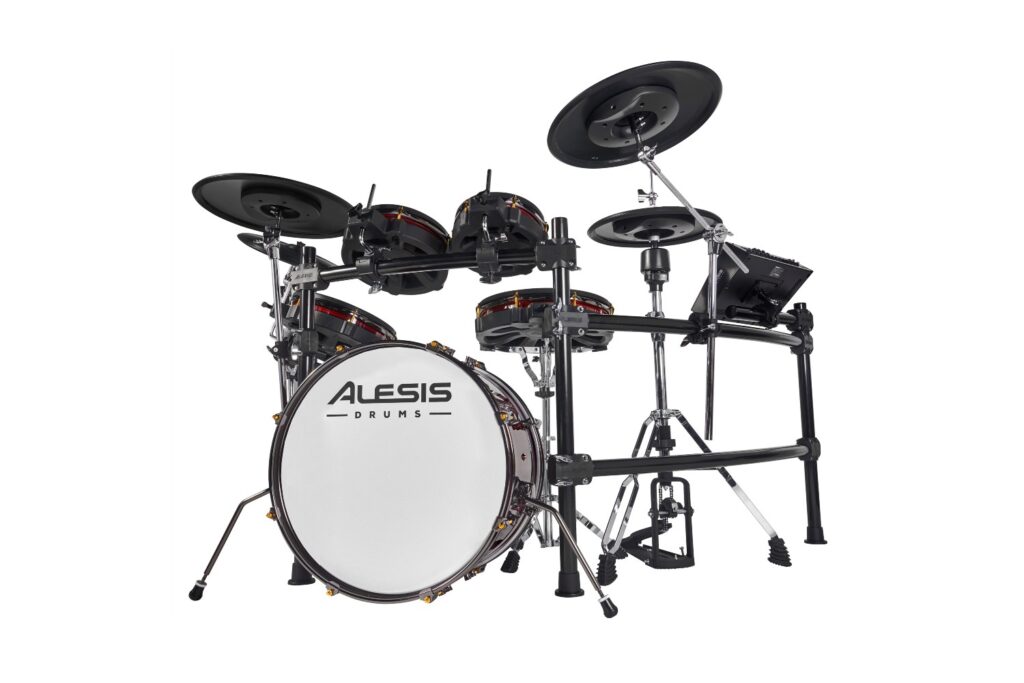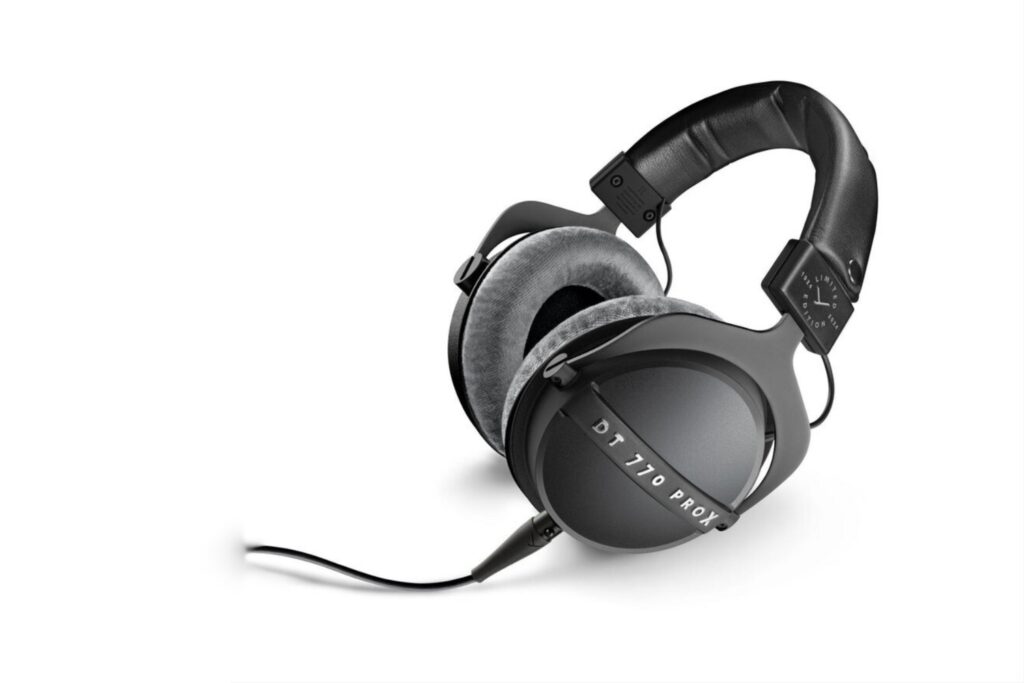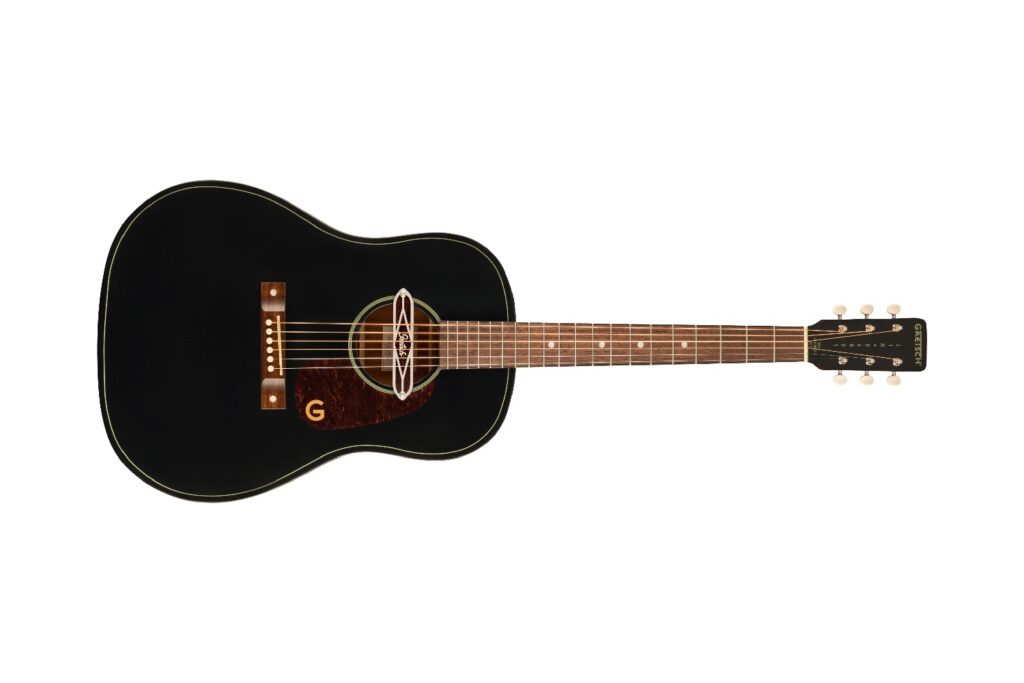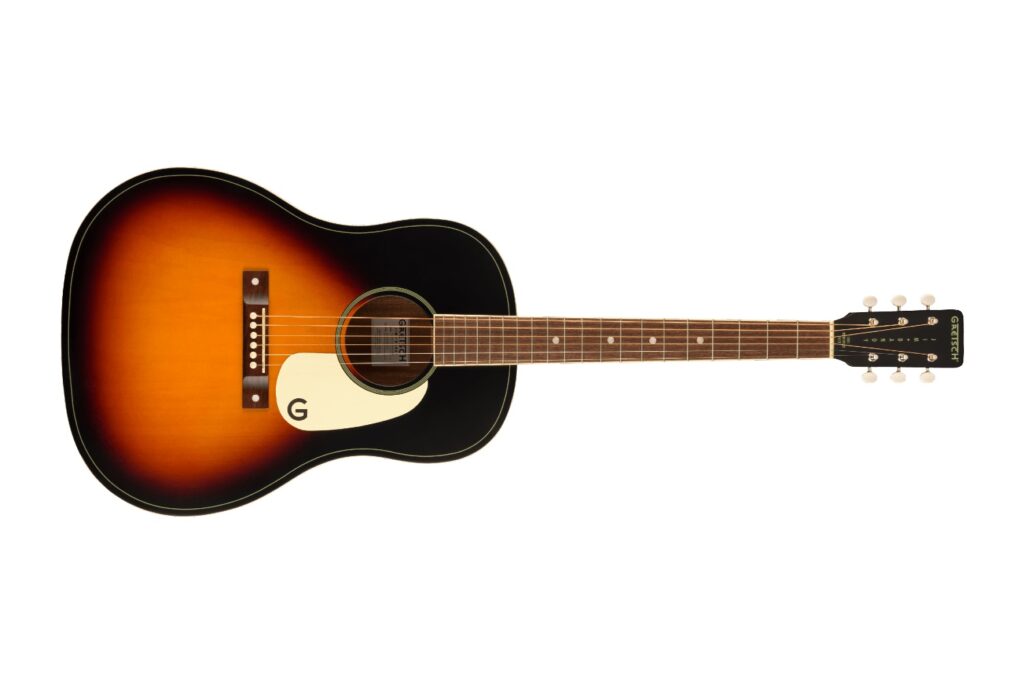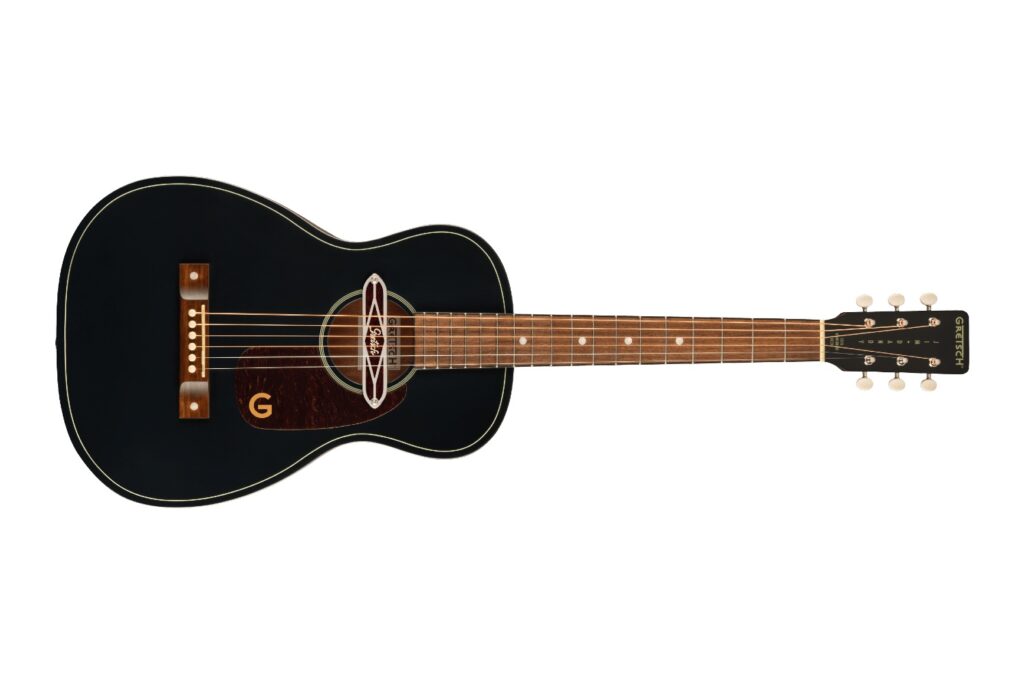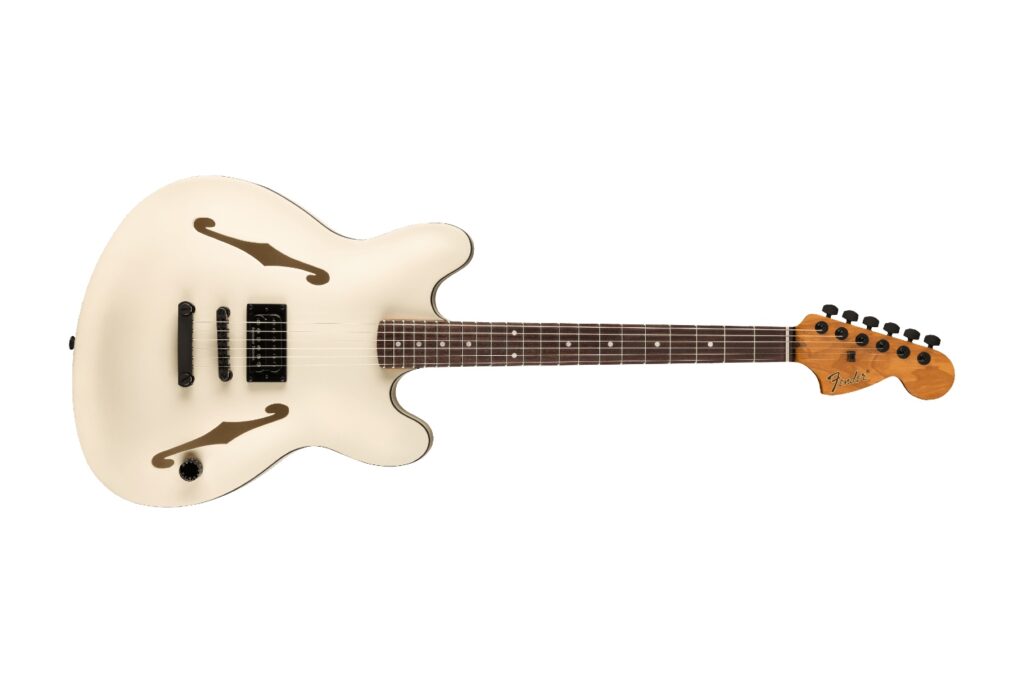Audio Simplified | Enquire for Pricing
Sonically speaking, all the weirdest and most avant garde stuff happens in pedal land. Obviously synthesis comes in at a close second, but even then, what crazy synth sound can’t be made even weirder and more irreplicable by running it through a few pedals? Rack effects might have them beat for inherent tonal classiness and routing options, but we are talking about sonic experimentation and general weirdness here, and for that nothing really hits the same way as a stompbox.
Say what you want about plugins also, but even today they still lack the same kind of beautiful unpredictability and complex gain interrelationships found in the world of instrument level effects. They also have to contend with an extremely competitive market that has for the last 60+ years, been churning out an endless supply of genre defining classics, left of centre oddities and borderline unusable (but nonetheless interesting) periodic cultural debris, produced by an international network of mad scientist types.
Catch up on all the latest music gear reviews here.
Historically though, pedals have always had an uphill battle finding their way into the control room (at least as inserts), a bi-product of their in-line, instrument level topography. This has meant that for most budding musicians/engineers, pedals are primarily reserved for the live room, with most capturing their effects directly into the DAW, either by mic or by line input, in turn making editing and tweaking after the fact an extremely difficult task. Others track parts dry and attempt to replicate the extremely unique sonic fingerprint of their beloved pedalboard via any number of plugins or rack inserts, but the outcome is almost always a compromise.
Thankfully though, Audio Simplified are on the case by way of their awesome new Pedal Pusher Rack unit, an all in one breakout box, designed to seamlessly integrate the myriad of pedal specific effects into the modern studio workflow while also serving as an awesome central power supply for all your pedal requirements.
The brainchild of industry veteran Jim Milkes, Audio Simplified are a micro-boutique manufacturer who (like their name would suggest) specialise in the manufacture and design of handmade bespoke audio solutions aimed at simplifying the trickier side of audio, in this case integrating instrument level effects into the recording chain.
On the front of the unit we have two sets of unbalanced send and returns, designed to operate as two mono effect pedal loop channels. The presence of two independent effect loops really opens up a whole bunch of potential workflow possibilities, both utilitarian and experimental alike.
For those very much set in their ways tonally speaking, this is awesome for setting up two permanently patched in pedal banks, featuring your favourite, most used effects, or you could divide it up according to effect category and be perfectly set up for A/B shootouts.
A forward thinking bedroom type, might even opt to use both channels to run an entirely stereo pedal chain (such as Universal Audio’s new UAFX line) and integrate high quality hardware emulation (and their programmable DSP) into their in-box-workflow.
As is part and parcel for a product like this (or any attempt at making an instrument level studio connection), a lot of thought has been put into impedance and level matching with the Pedal Pusher, and it shows, both in the intuitive features and the ‘set and forget’ I/O.
On the rear of the unit, two sets of balanced XLR I/O connections are present for connecting to your interface I/O. These also operate as a stereo or dual mono reamp, thus only reaffirming the Pedal Pusher’s multi-faceted approach to instrument level effects in the studio. For those of a broadcast or installation pedigree, there is also a Dante point on the rear, which allows connection to a Dante network at sample rates of up to 96kHz, just in case you weren’t already spoilt for routing options.
A couple of particularly interesting inclusions on the Pedal Pusher are the presence of both passive and active pickup options, which, given the high amount of variance in level between these two pickup types in the real world, is perfect for maintaining continuity between live and studio rigs. When the switch is in the passive position, there is also the option of a high frequency equalizer designed to simulate or negate the effects of guitar cable on traditional signal flow in the Pedal domain.
As anyone who has experienced a noticeable difference in effect response after switching to a new cable will be able to tell you, a difference in cable can have a very real, tangible effect on sonic outcome. Having the ability to somewhat control it is just one of the many features that makes the Pedal Pusher such a user friendly and intuitive product.
If the Pedal Pusher was just a simple and stress free method of connecting instrument level effects into your DAW workflow, that would honestly be worth the price of admission alone. The workflow advantages, creative applications and liberation of so many floor bound effects, along with the overall quality of the circuitry, more than get it over the line.
In a classic case of ‘making a good thing better’, the absolute cherry on top is the presence of the six, fully isolated power supplies, with four selectable voltages, not only providing a high quality, extremely versatile power source for your needs, but also opening the Pedal Pusher up to even more routing options, i.e. 12V Synth Pedals and the like. It also has the added bonus of keeping your effects and Pedal Pusher unit on the same basic mains outlet, minimising the uptake of dirty power into your recording chain and allowing the Pedal Pusher to take the place of several additional power sources.
Given the abundance of musicians/engineers entering the home recording space at the moment, the need for a product like the Pedal Pusher has never been greater. Having the ability to patch in stompboxes on the fly, into a system that is fully level and impedance matched, is liberating to say the least.
The onboard features are all so well thought out, and so specific to power, impedance and gain structure of instrument level effects, that it legitimately feels like the entire process has been streamlined and a major issue rectified, or better yet…simplified…
Head to Audio Simplified for more information about the Pedal Pusher.
